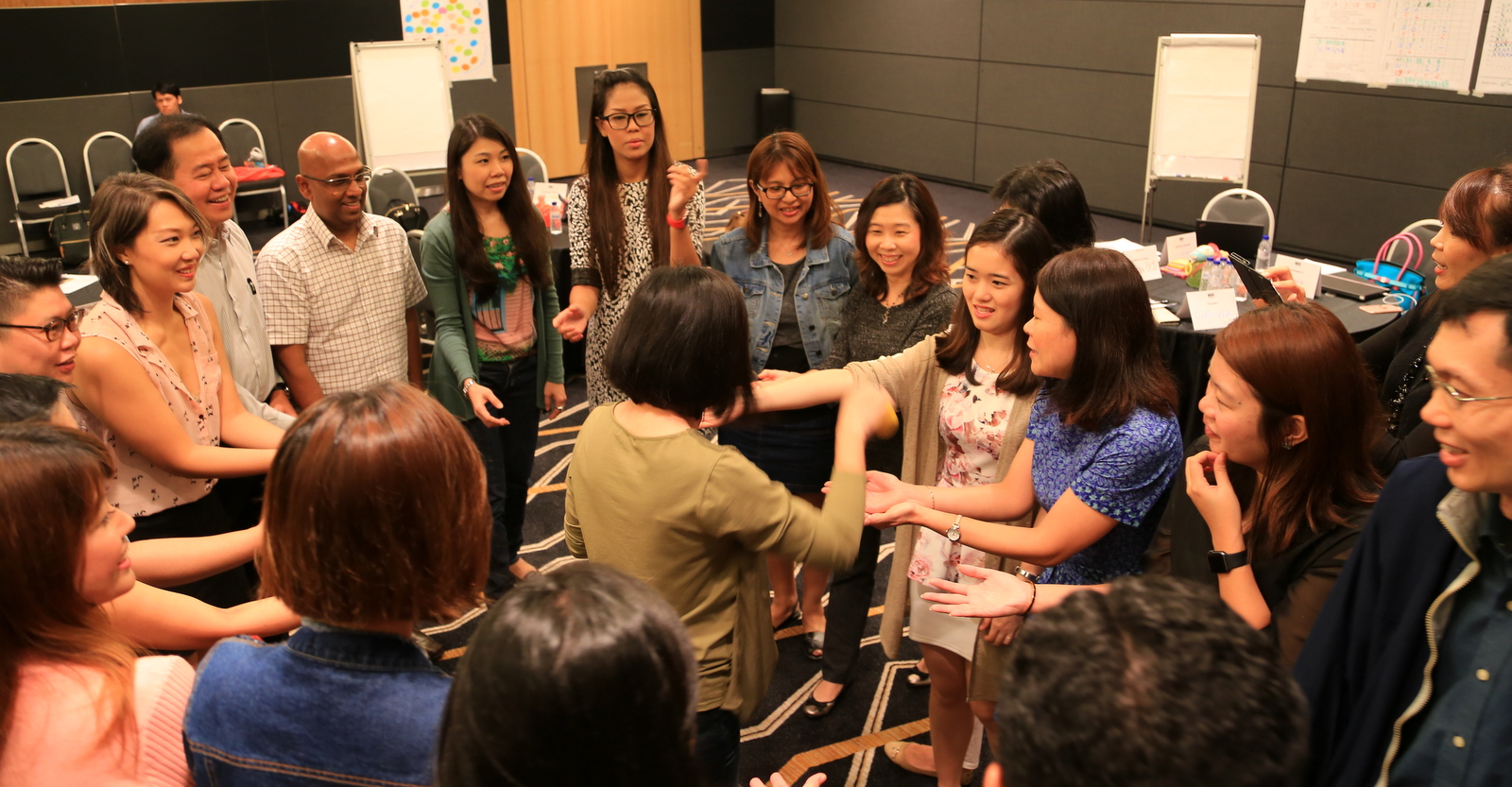2 Mar 2009
Against the common belief, statistical knowledge is not a criterion for selecting your Belts. However, the capability to acquire new...
Against the common belief, statistical knowledge is not a criterion for selecting your Belts. However, the capability to acquire new...
In times like this, every penny counts. So, how do we ensure we get the most out of our learning...

Your Lean Six Sigma initiative has taken off well, project teams led by Belts have done a nice work and results are...
Today, organisations must change their priorities from a traditional focus on planning and control to emphasising speed, innovation, flexibility, quality,...
OurBank is a small German bank with branches in Germany and approximately 300 employees working either in the headquarter office...
Copyright © 2025 by COE Pte Ltd. All Rights Reserved.